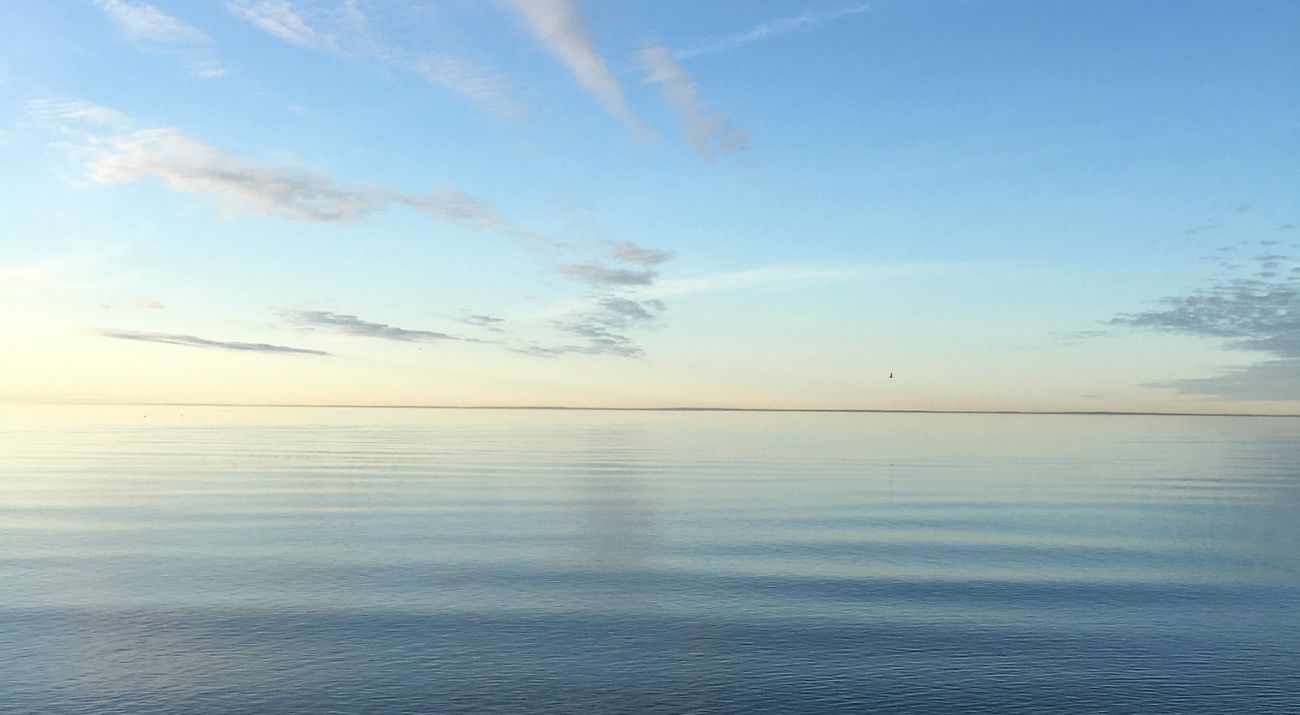Long Island Sound Docuseries
The Nature Conservancy co-produced a new documentary series about water pollution in Long Island Sound.

Media Contacts
-
Susan Wollschlager
The Nature Conservancy
Phone: 203-209-6218
Email: s.wollschlager@tnc.org
Long Island Sound Docuseries
Check It OutLights, Camera, Action . . . Long Island Sound! A new docuseries, “Tackling Pollution in Long Island Sound,” is live and available for viewing by the public at The Nature Conservancy's Connecticut YouTube channel. Two of the series’ four videos premiered in March at the 2025 Long Island Sound Summit.
Both the docuseries and the Summit were organized by the Long Island Sound Coastal Watershed Network, which is funded in part by an EPA Long Island Sound Futures Fund grant and coordinated by TNC in partnership with Save the Sound and Citizens Campaign for the Environment.
The docuseries highlights water pollution issues and solutions being pursued by local organizations and municipalities in the Long Island Sound region, and debuts just in time for Connecticut’s beach season, as well as for Long Island Sound Day, which is celebrated each year on the Friday before Memorial Day.
In the four-episode docuseries, viewers will learn more about the top pollutants affecting the Sound:
Bacteria and Pathogens: Join Nikki Spiller (Harbor Watch), Evelyn Powers (Interstate Environmental Commission) and Peter Linderoth (Save the Sound) as they share about their work monitoring sources of bacteria and pathogens to improve the safety and quality of water entering Long Island Sound.
Marine Debris: Thousands of derelict lobster traps lay abandoned at the bottom of Long Island Sound. Join Scott Curatolo-Wagemann (Cornell Cooperative Extension) and Justin Susarchick (The Maritime Aquarium at Norwalk) as they share how the Lobster Trap Recovery and Assessment Partnership (LTRAP) is working to get them out and discover how you can limit your contributions to the larger marine debris problem.
Nitrogen: Join Jamie Vaudrey (UCONN) and Holly Drinkuth (The Nature Conservancy) to learn about the impacts of lawn fertilizer on coastal waters. Then, head across the Sound to Nassau County, New York to hear from Derek Betts (Nassau County Soil and Water Conservation District) and Bill Bleyer (lifelong resident of Bayville, Long Island) about the S.E.P.T.I.C. program that is improving removal of nitrogen from wastewater and saving residents money. Finally, ferry back to Bridgeport, Connecticut to tour Black Rock Harbor and the West Side Sewage Treatment Plant, which is planning significant upgrades that will improve storage capacity and reduce the amount of nitrogen that is discharged into Long Island Sound.
Nature-based Solutions: Join Adrienne Esposito (Citizens Campaign for the Environment), and Rusty Schmidt and Cassandra Castano (Nelson Pope Voorhis) as they plant a rain garden with help from the community in the Village of Northport on Long Island. Then, head across the Sound to Groton, Connecticut to hear from Tim Clark (The Nature Conservancy), Cierra Patrick (City of Groton), and Beth Kirmmse (Fuss & O’Neil) about the nature-based solutions being designed to capture polluted stormwater and remediate the city’s severe flooding issues.
The Network hopes the docuseries educates and inspires those in the coastal watershed to join critical work for a cleaner Long Island Sound. As Peter Linderoth, director of healthy lands and waters at Save the Sound, noted at the Summit, “Collaboration is a key theme.”
The Summit, held at Bridgeport’s Housatonic Community College, brought together more than 100 attendees from Connecticut and New York. In addition to a preview of the docuseries, the event also featured a plenary session with a panel of speakers who discussed everything from the past 40 years of science in the watershed, to the importance of state-level policy in protecting Long Island Sound waters. At afternoon roundtable sessions, the audience tackled important conversations on a variety of water quality-related topics.
Holly Drinkuth, TNC's director of river and estuary conservation in Connecticut, spoke to the audience about projects that have led to effective change, including the Unified Water Study’s water monitoring program, green infrastructure projects like rain gardens, parking lot renovations that capture and treat stormwater pollution, and septic system replacement programs.
Behavior changes are also key to long-lasting impact, added Nancy Seligson, co-chair of the Long Island Sound Study Citizens Advisory Committee and former Mamaroneck Town Supervisor. “There is something you can do, even at home in your own yard, no matter the size.”
The Nature Conservancy is a global conservation organization dedicated to conserving the lands and waters on which all life depends. Guided by science, we create innovative, on-the-ground solutions to our world’s toughest challenges so that nature and people can thrive together. We are tackling climate change, conserving lands, waters and oceans at an unprecedented scale, providing food and water sustainably and helping make cities more resilient. The Nature Conservancy is working to make a lasting difference around the world in 83 countries and territories (39 by direct conservation impact and 44 through partners) through a collaborative approach that engages local communities, governments, the private sector, and other partners. To learn more, visit nature.org or follow @nature_press on X.
